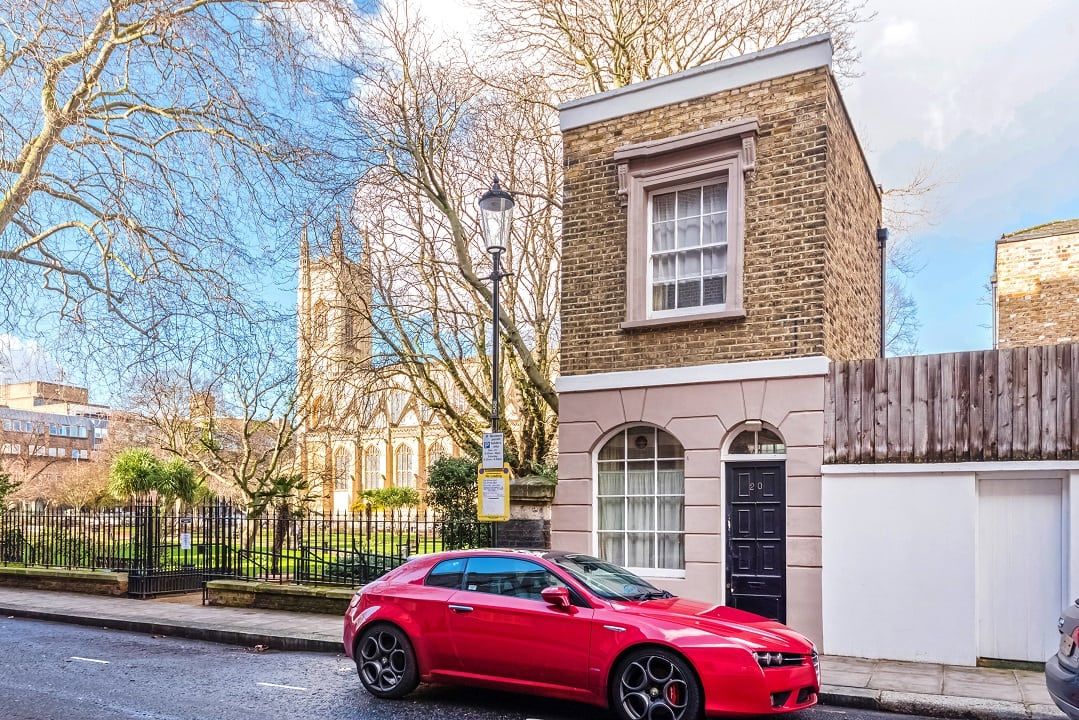
During his successful campaign to become the Mayor of London, Sadiq Khan promised to make London’s housing crisis his “single, biggest priority.” In fact, Khan said in his manifesto that “it doesn’t matter whether you’re talking to business leaders, local residents, charities or community groups: far and away the biggest issue across the board is London’s housing crisis.”
Despite the lack of affordable housing, it isn’t for lack of properties. The most recent statistics found that there were 56,715 vacant properties across London’s 33 boroughs. This number is even more alarming considering that new buildings continue to shoot up almost as frequently and dramatically as the rent it costs to inhabit them. A total of 119 buildings of 20 storeys or over were proposed for the capital in 2015 and 2016. The trouble is, many of these properties are unaffordable for anyone who actually needs housing in 2015/16 the level of affordable housing built in London reached a record low. Instead properties are built, and then left empty.
London’s empty buildings cause a number of significant issues. Having so many empty structures at a time when such a great number of people are homeless or charged extortionate prices to live in cramped conditions raises certain moral implications regarding social responsibility.
Those 56,715 properties in London not only taunt those looking for a home, but can attract anti-social activity, through their boarded-up doors and permanently shuttered windows. Leaving a property vacant for just 24 hours can leave it open to intrusion from squatters or vandals. So what are the options open to Sadiq Khan as he tried to tackle London’s escalating housing crisis? Is there a way the Mayor can put these empty properties to better use for the community than simply leaving them to crumble.
Property guardianship is a method of building security which allows guardians to occupy an otherwise vacant property for a reduced rent, on behalf of the owner. By their regular presence in the building, the aim is to deter squatters and vandals, and generally look after the property.
According to Oaksure Property Protection, an independent provider of property guardians who look after vacant buildings in London, their popularity can be attributed to the cost-effectiveness of the service. Oaksure note that “property guardians can be deployed for only £200 per month per property and provide 24 hour protection. Compare this to a single 24 hour static security guard that will cost around £8,000 per month.”
In fact, property guardians are proving so successful that councils across the UK are allowing property guardian companies to use taxpayer-owned buildings for free in order to keep them secure.
It’s something that has worked particularly well in West Yorkshire, where this unconventional method of housing has saved people significant renting costs in addition to solving a pressing security issue. In London, Camden council was recently revealed to be the second highest user of property guardians in the UK. But property guardians alone won’t solve London’s housing crisis.
Property guardians are a creative, if controversial, solution to the problems posed by vacant properties. However, they don’t prevent the issue arising in the first place. Last year, Khan promised to take on ‘greedy developers’ who were building properties that were very likely to remain empty.
This is a major issue, and one that cannot be solved by property guardians alone. To combat this, Khan has promised to build thousands of affordable new homes whilst making buy-to-leave investing a much less attractive proposition to developers. Buy-to-leave—the practice of buying property, deliberately leaving it empty, and then selling on once it has appreciated in value—has become increasingly attractive to investors, particularly as the average London house price rose exponentially in recent years.
However, the practice has been hugely damaging to London streets, and has even been blamed for creating what the Financial Times called “ghost towns of the super-rich.” This is a crucial hurdle in tackling London’s empty property problem; one idea mooted by Islington Council is to fine developers who build property and deliberately allow them to stay empty.
To tackle the housing crisis, Khan has launched two initiatives, the Affordable Homes Programme and the Supplementary Planning Guidance scheme, which aims to make sure each housing development reaches a threshold of 35% genuinely affordable homes. These are steps in the right direction, but these won’t completely solve the problem of how to fill currently-empty buildings, and the anti-social issues to which they can contribute.